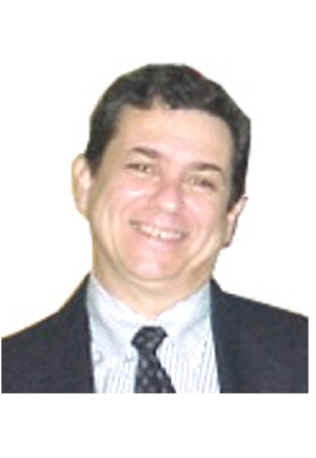 Biography
Biography
Armando Rodriguez
Computer and Information Scientist
Since majoring in Physics back in 1970 in Havana University, Armando went
through quite diverse industries and interests; doing silicon planar technology;
electronic design; software for robotics; video effects; digital telephony and
3D image processing. There are things in common though, he excelled and showed
leadership in every single one of them.
In Cuba, political stigma can bury a person for life, such happened to
Armando when he lost his Doctorate and tenure at Havana University in 1981 for
things like favoring UC Berkeley or Richard Feynman textbooks over
“philosophically correct” choices. Yet, starting from scratch in a small
electronic enterprise, he earned enough respect as to be allowed to create a
group that by 1986, working from an old produce warehouse with minimal official
support, had developed robot controls with vision capabilities. Castro, himself,
was so impressed with such an accomplishment, that he lifted the mentioned
stigma, allowing Armando to become the only leader of a national scientific
institution, that toured in business about 15 countries, without being a member
of the Communist Party.
His high position did not change his nature.
After continued confrontations with the Communist Party,
in 1992 he had to escape and seek asylum in the US to prevent political
prison. He left behind 20 years of solid prestige and started from the bottom
once again. Armando consulted for JVC, where he developed a Windows interface to
professional VCR’s; developed
antenna array design tool that applied Laplace equation to simulate satellite
terrain data for ITELCO USA; did video effects for Columbia Pictures and The Box
Cable channel; finally, he became a
name in the telephony industry with the PC based telephony switch he developed,
the OmniBox, that came to be better known as the “Armando Box”. #include,
the company he founded, sold over a million dollars a year in products and
services.
9/11, the .COM crash and the changes Internet telephony brought into the
industry made #include’s nitch disappear by 2004, so Armando was back in the
job market. This time he was hired by ACD systems, creators of ACD See and
Canvas, to develop the Scientific
release for Canvas, which consisted mainly in expanding Canvas features into 3D.
This included 3D volume imaging, to deal with MRI and CAT scan medical image
stacks and also 3D vector represented images (3D drawings and equation plots).
Though 3-D graphics used Armando's background in calculus
and tensor algebra, still kept him away from his natural habitat, the lab.
In April 2005, he joined ATG (Advanced Technical Group, a third party provider
to Honeywell and other aerospace related companies) to develop embedded DSP software for avoinics. This job
combines, electronics and microwave with geodesic math. Embedded progaming goes
all the way from C++ abstract class design to assembly code, debugging goes from
a sophiticated development environment to chasing pulses with an osciloscope.
You can expect Armando to bring, broad technical-scientific culture,
creativity, lots of energy, persistence and integrity to any enterprise he gets
involved into, but he is likely to exceed expectations.
 Biography
Biography Biography
Biography